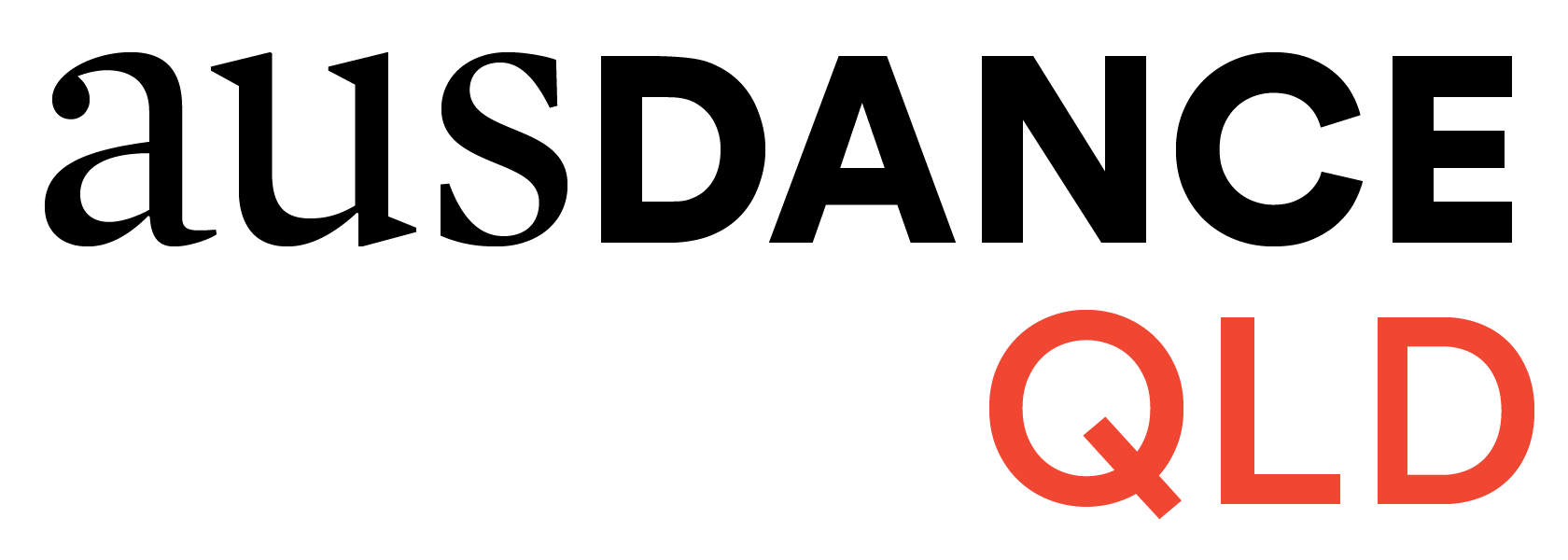IN|FORM | Lights, Camera, Dance.
Contributed by AB Sow, Independent Dance & Film Artist
Dance and film have always been involved in a mutually beneficial relationship. And with the rise of social media, online content, and the increased accessibility to cameras able to record high definition footage, the hybridisation of these two art forms was inevitable.
As a professional dancer/filmmaker, not only have I had the privilege to witness these two worlds collide, but I have also been able to seamlessly transition from one practice to the other. This is proof of how compatible these two art forms are on a fundamental level.
In essence, dancers want to perform, and the camera loves a performance. It is a simple exchange of value, in a fair, self-sustaining and mutually beneficial relationship. In other words, I truly believe that dance and film are meant to share a connection. As a filmmaker, I have witnessed the sudden magic and energy that explodes out of dancers as soon as you press the record button. It’s as magical as when the curtains open and it’s Show Time.
Filmmakers and dancers also share a common appreciation for aesthetics. This practical and tangible shared skill is one of the key success factors in creating a dance film. Dancers instinctively know what looks good and filmmakers know how to achieve this look on a technical level and can embrace the creative suggestion. From my experience, I would encourage all dancers to imagine and communicate key creative directions to their filmmaker collaborator if they wish to create their unique dance film, and avoid relying on the filmmaker only to make all the decisions such as location, look, composition and music. Another key success factor for dance and film collaborations is the dancer’s ability to perform on camera. Some dancers are great at it from the start, but others must work hard on mastering that skill. The camera can be scary for some dancers, it can put them off psychologically or in extreme cases, dancers can lose their very ability to dance well at all. As a dancer who has performed live on national television, I have felt, but thankfully overcame, the sudden powerful assault of nerves that can absolutely destroy a dancer’s self-esteem, focus and technical skill. This is an interesting focus area for dancers.
On the other side of the coin, what’s the challenge for filmmakers? Well let’s just say that capturing objects that are constantly moving requires a specific set of skills. The filmmaker must know how to follow the dancer’s movements while maintaining a pleasing composition that best shows the dancer’s technical skills. Some moves look better from a certain angle and bad from another, I learned this whilst filming a dance showreel. A dance style that particularly put this to the test was ballet. It took the most takes, as technical execution of lines had to be visually rendered correctly on camera. This makes filming dance a valuable area of development for filmmakers as they have to select the focal length, frame rate, movements and framing to best complement the style being filmed.
The connection between filmmakers and dancers therefore nurtures and encourages the growth of their respective practices, especially on a technical level. They sharpen each other and right now this is visible on social media. Look for yourself and you will appreciate how dancers and filmmakers have developed fruitful relationships that have contributed to the rise of many lucrative careers for dancers. All from one knowing how to dance on camera and the other knowing how to capture a dancer on camera.

